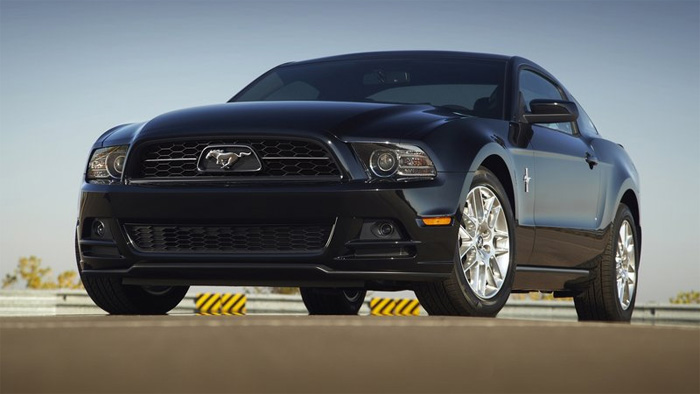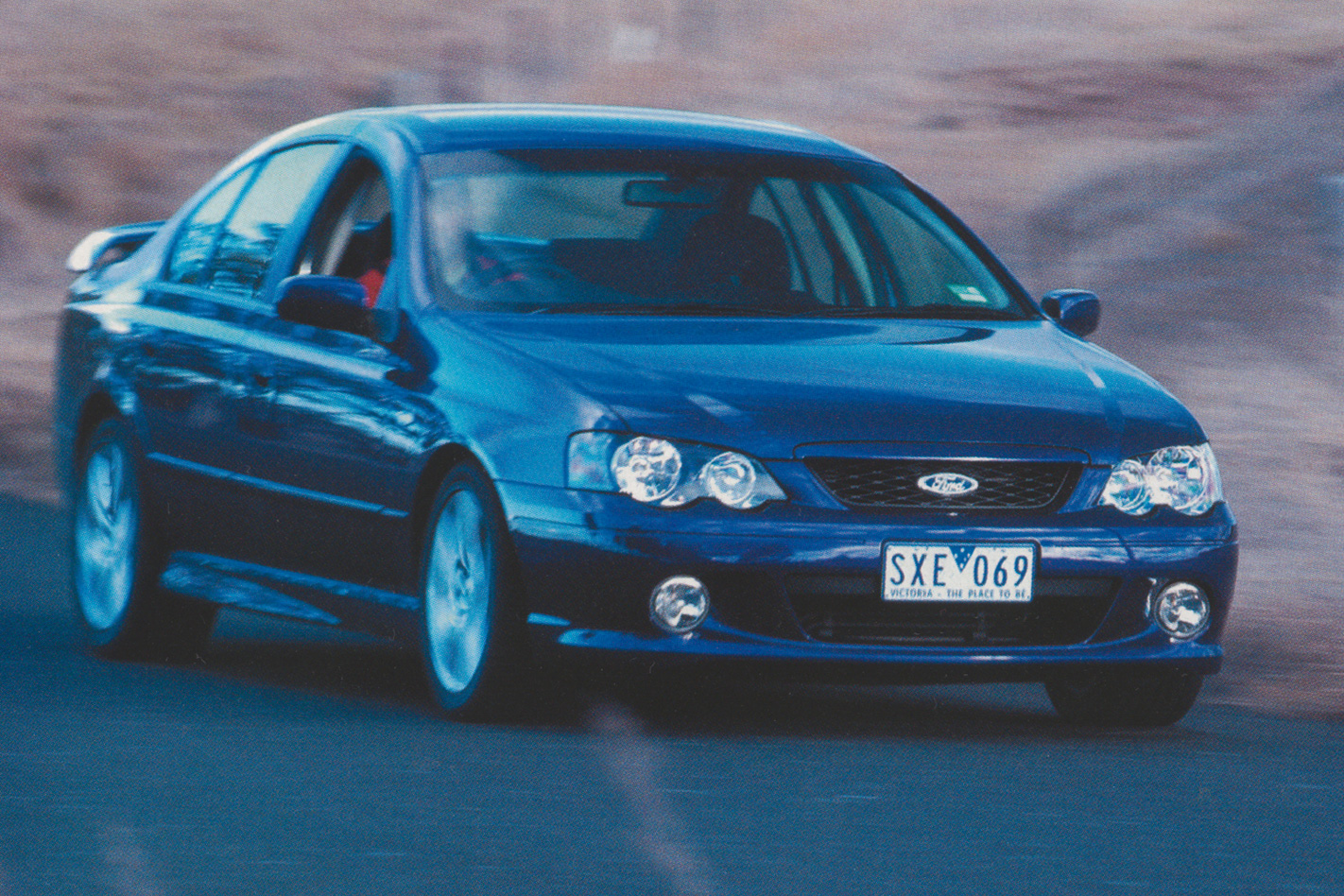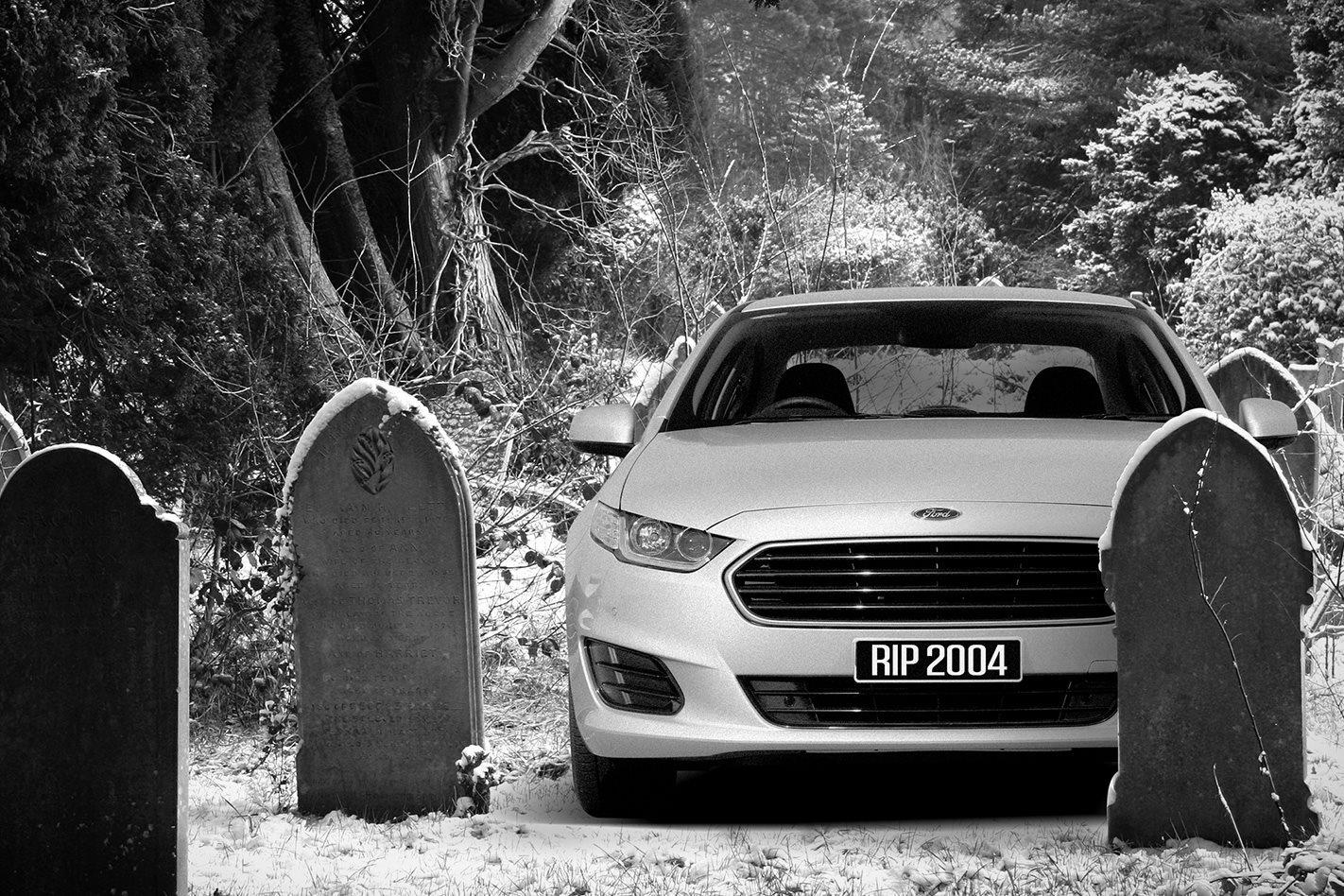The Ford Falcon was a dead car driving for longer than you think.
A fateful decision taken more than 15 years ago may have spelled the end of the road for Ford’s last ever rear-drive sedan long before the company decided to quit manufacturing in Australia.
It happened during the development of the S197 Mustang, the retro-styled edition of Ford’s iconic ponycar launched in the US in 2004.
That Mustang and the BA Falcon were originally planned to share the rear half of the S197 platform, with control-blade independent rear suspension.
Eventually, the Falcon would later pick up the front half of the S197 platform when Ford Australia could afford to switch to the imported 3.5-litre Duratec V6 engine.

The development programs of both cars diverged when Ford Australia engineers and their Mustang counterparts disagreed on the configuration of the control-blade set-up.
The Mustang team wanted the rear suspension isolated to reduce NVH, but that would have made it almost impossible to package the three-abreast rear seating needed in the Falcon.
With the clock ticking – the Falcon was due to begin production before the Mustang – Ford Australia decided to develop its own, non-isolated control-blade rear end.
Ironically, the Mustang team later gave up on an isolated rear suspension for cost reasons and developed its own non-isolated set-up similar to the Falcon’s.
At a very late stage in the S197 program, though, Ford product chief Phil Martens convinced CEO Bill Ford Jr the company could save a hundred dollars per car by switching to a live rear axle. Ford’s 21st century Mustang consequently launched with a 1960s rear suspension.
When Falcon and Mustang went separate ways, Ford lost the opportunity to develop modern, flexible, relatively low-cost rear-wheel-drive vehicle architecture before its collapse into financial chaos in 2005.

In the year after the Mustang launched, Ford burned through a staggering $US4 billion in cash; only by mortgaging the entire company in 2006 – including rights to the Blue Oval badge – for $US24 billion, was it able to escape bankruptcy.
Developing a common platform for Falcon and Mustang – which may have later helped the business case for Falcon – was the least of the company’s priorities.
Failing to do so now looks like a strategic error, and it’s not because of Falcon, but Lincoln. With Jaguar, Land Rover, Aston Martin and Volvo sold to pay down debt, Lincoln is Ford’s sole remaining luxury brand.
And Ford execs are now realising, with mounting horror, that Lincoln, a brand so cruelly abused that by 2005 it had become a plastic chrome trim package on a Ford F-150 pick-up, is now its only option in an automotive business environment where mainstream brands are struggling and luxury brands, while accounting for just 10-12 percent of sales worldwide, are delivering 50 percent of profits.
Ford’s frantic attempts to revive Lincoln include plans for a new flagship model, the Continental. But forget notions of an extravagant sedan with a bonnet that stretches off into the horizon like the elegant Kennedy-era cars. Because it failed to give Mustang and Falcon a common vehicle architecture, Ford no longer has the hardware to build a Continental like that.
This article was first published in the June 2015 issue of Wheels magazine.





